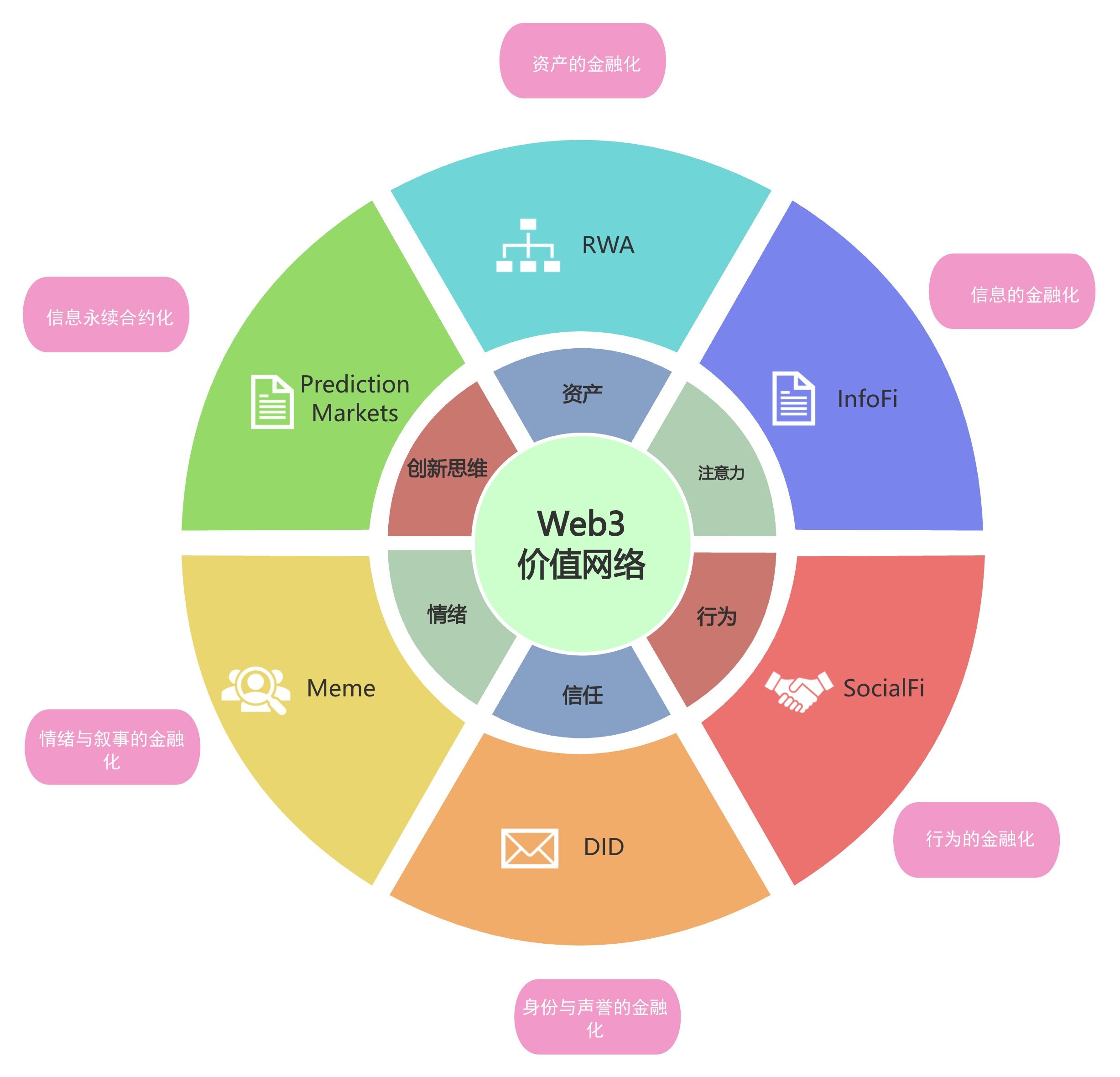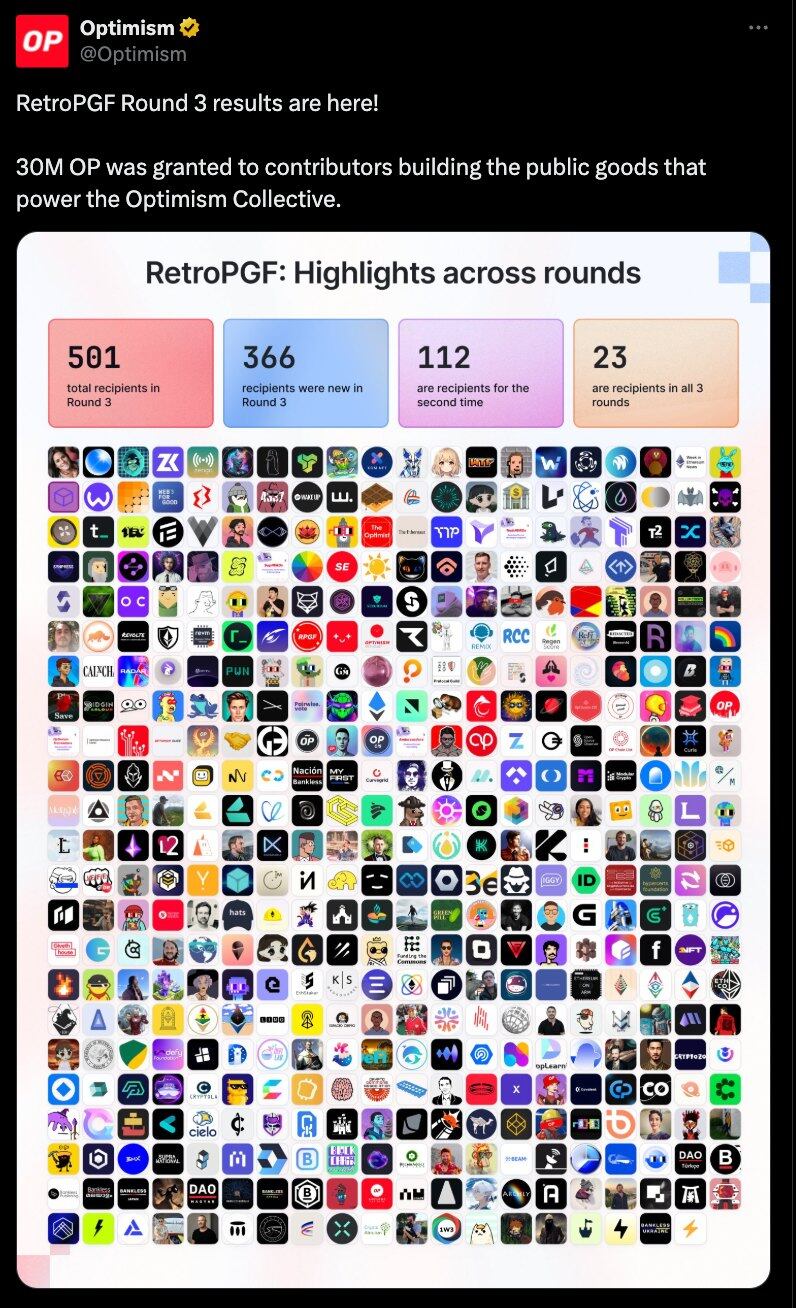On the eve of TGE, OpenSea has made it clear that historical contribution and trading activity will become important indicators for measuring airdrop weight. Such stories are continuously unfolding in Web3. From the excitement of infoFi to the behavioral incentives of task platforms, the concept of behavioral financialization is reconstructing the way value is distributed through reliable behavioral mapping mechanisms and incentive systems.
"Participatory financialization" is a deeper evolution, focusing on how to retain users and make them more valuable. Every user participation is no longer a one-time event but transforms into cumulative, quantifiable, and redeemable long-term value. It turns "participation → value → re-participation" into a growth flywheel, fundamentally reshaping retention logic.
01. The Shift: From "Speculative Growth" to "Participatory Financialization"
In the past five years, we have experienced narrative-driven, airdrop-driven, sentiment-driven, and currently the hottest attention-driven growth.
Behind the attention-seeking narrative provided by infoFi, we find that, driven by the attention economy and on-chain verifiability, user behavior has for the first time acquired a "measurable price," and participation itself is becoming a measurable, settleable asset.
We have previously discussed that the financial spectrum of Web3 expands the expression of value from "assets" to a sum of information, attention, emotions, and trust. This is the core proposition of the "Value Internet": everything that can be perceived, disseminated, and traded can be financialized.

In BTCFi, AI, InfoFi, social protocols, L2, DEX, and even RWA, every top project is doing the same thing—allowing user participation to solidify into user pathways, focusing more on the value contained in retention and continuous contributions.
Whether it’s BTCFi users participating in Aura Mining, contributors feeding data to AI Agents, governance participants on the Optimism Superchain, active traders in the Solana ecosystem, or content nodes in social protocols, every interaction will become part of future rights.

Participatory financialization is not an abstract concept; it is being toolified by growth products. The growth platform TaskOn recently launched the POX Score, which is a representative attempt to quantify user behavior and user retention in the growth field. The higher the POX score, the greater the chances of earning rewards, driving users to enhance their POX scores through future expectations, pointing out paths to obtain high rewards, and encouraging users to contribute more. This is a precise user retention system, a positive growth flywheel.
02. Why Does Participation Become an "Asset"?
Does it sound a bit like project parties PUA users into working for free? In fact, participatory financialization is more like value-added content attached to the "X-to-Earn model," transitioning from users contributing to projects → earning rewards, to users continuously contributing within the project ecosystem → point systems/on-chain footprints → ecological co-construction and sharing, transforming from single incentives to deep value and incentive binding.
Let’s break down several top-tier tracks to see how "participatory financialization" is achieved.
A. BTCFi: Participation = Yield Rights
BTCFi, represented by BounceBit, SatoshiVM, Babylon Protocol, Pendle, etc., is directly binding "participation" with "yield rights":
- Staking → Yield Stream
- On-chain contribution → Allocation Priority
- Governance participation → Value expression of decision-making rights
The essence of BTCFi is to use BTC as a "base yield engine," allowing every on-chain participation by users to map to "future yield distribution rights."
B. AI × Web3: Participation = Data Dividend
Projects like Bittensor, FLock.io, Aethir, ChainGPT have already regarded "participating in training/providing data" as an asset.
- Data contribution = Data Credits
- Interaction with AI Agents = Measurable "participation curve"
- Continuous participation of training nodes = Long-term yields and permissions
AI's "participation equals value" is already more thorough than InfoFi.
C. Layer2 & Airdrop Banking: Participation = Discounted Value of Future Airdrops
In top L2s like Arbitrum, Base, zkSync, Linea, Starknet, Mantle, users are no longer just focused on the rewards of single actions but view the "participation path" as a form of accumulable future rights expectation.
Every Bridge, Swap, Delegate, and vote becomes a "discount signal" for potential future rights.
D. DEX / Trading: Participation = Fee Discount + Rebate + Level
Trading platforms represented by Hyperliquid, Jupiter, Raydium, Uniswap are assetizing trading behavior:
- XP / Points represent potential future airdrops
- Level determines fee rates, priority, maker/taker rewards, etc.
- Activity level determines subsequent rewards
Trading is no longer just behavior but the "settlement of future rights."
E. SocialFi: Participation = Relationship Chain Asset
For example, Farcaster, Lens, Friend.tech, Fantasy:
- Content interaction becomes "identity credit"
- On-chain relationship chains have assetization attributes
- Scenario participation endows accounts with Social Capital
F. Growth Platforms: Infrastructure for Verification and Incentivization of Participatory Financialization
Growth platforms like TaskOn are reshaping the value of user data, becoming traceable, verifiable, and incentivizable participatory assets:
- Accumulative assets: Points / EXP / Level / Milestone
- Redeemable rights: WL, qualifications, Allocation, lottery probabilities, additional trading rewards
- Displayable identity: Leaderboard, contribution level, public identity
- Compound cycle: Level → Benefits → More participation → Higher levels
This can drive short-term growth while solidifying long-term relationships. It establishes rights for user behavior, becoming an entry point for behavioral assets, and builds a long-term incentive system.
03. How to Promote "Participatory Financialization"?
In the entire Web3 growth paradigm, how to transform participation behavior → rights confirmation → quantification → settlement → ultimately solidifying into quantifiable long-term value.
Whether it’s BTCFi, DEX, AI×Web3, InfoFi, or more traditional trading and governance activities, a complete user participation cycle typically includes three things:
- Action occurs (Action)
- Behavior verification (Proof)
- Value realization (Incentive)
Guide at the interaction layer of the product, automate at the verification layer, making participation behavior executable, traceable, incentivizable, and compoundable. At the incentive layer, anchor the value of user behavior through systems like points and NFTs, providing users with clear goals for long-term paths.

Myriad, a Web3 prediction market protocol incubated by Decrypt's parent company, allows users to earn Points by completing tasks like daily check-ins and content sharing to participate in the prediction market. High points and high win rates will elevate you on the leaderboard, and this reputation may translate into community recognition or special rewards in the future.
1. Optimism RetroPGF: Participation = Traceable Long-term Value
Optimism's RetroPGF upgrades "participation" from an immediate action to a traceable, quantifiable, and settleable long-term asset for the first time. The behaviors of contributors are stored in a public contribution graph, and reviewers reassess past contributions in the future, tracing them back to actual OP governance, incentives, and fund distribution.
The core logic of RetroPGF is: participation path = public contribution asset = future redeemable value
- Participation is not an immediate reward but systematically solidified;
- Contribution curves will be quantified, reviewed, and recorded;
- Future yields depend on the quality and impact of past participation;
- The value of projects, communities, and individuals is reflected long-term, rather than driven by short-term behaviors.
Optimism makes "participation" a quantifiable, governable, and sustainable asset, allowing participants to gain true long-term value through institutional design.

2. TaskOn: Gamified Design of User Retention System
On the growth platform TaskOn, in the bidirectional growth between projects and users, their growth tools include: intelligent, results-oriented Quest setting templates and intelligent verification tools, enabling users to "know what to do" and "follow the path," making user behavior "real, credible, and measurable."
At the end of the event, TaskOn's incentive system begins to take effect for retention:
- Points / EXP: Immediate incentives
- Level: Long-term growth mechanism
- Milestone: Phased achievements
- Benefits Shop: Points redeemable for rights
- Leaderboard: Amplifying the identity value of participants
TaskOn plays the role of infrastructure for "participation behavior → assetization." It can be said to be the standardized realization of participatory financialization in the user growth field.
At the same time, TaskOn has launched a new POX scoring system that cross-scores user identity and participation behavior across five dimensions:
- POH (Proof of Humanity): Credibility signals, such as wallet/social bindings and KYC.
- POC (Proof of Contribution): Frequency, quality, and consistency of task completion.
- POE (Proof of Exploration): Breadth and depth of exploration of new chains, features, and events.
- POV (Proof of Value): Scale of on-chain assets and trading activity.
- POS (Proof of Social): Real interactions on X/Discord/Telegram.
Through multidimensional cross-validation, the authenticity of participation and anti-witch-hunt capability are significantly enhanced, providing users with a clear growth path: increase score → unlock more features/rewards.

4. Conclusion: Participation Behavior Itself is an Asset
Participatory financialization is not a minor narrative but a grand trend of Web3 moving from "short-term activities" to a "long-term value system."
Different tracks require different behaviors, but all tracks need a complete participation cycle of "trigger—verification—incentive." Web3 projects need to connect this cycle using tools that can verify, grow, and retain, based on their product characteristics, allowing behaviors to be executed, verified, and incentivized.
Participatory financialization is not a tool trend but a process of reconstructing the value system of Web3. It transforms participation into an asset, paths into value, and retention into the core driving force of growth. In the future, all Web3 products will require a complete participation cycle of "trigger—verification—incentive."
This will become the true growth paradigm for the future of Web3.
免责声明:本文章仅代表作者个人观点,不代表本平台的立场和观点。本文章仅供信息分享,不构成对任何人的任何投资建议。用户与作者之间的任何争议,与本平台无关。如网页中刊载的文章或图片涉及侵权,请提供相关的权利证明和身份证明发送邮件到support@aicoin.com,本平台相关工作人员将会进行核查。




